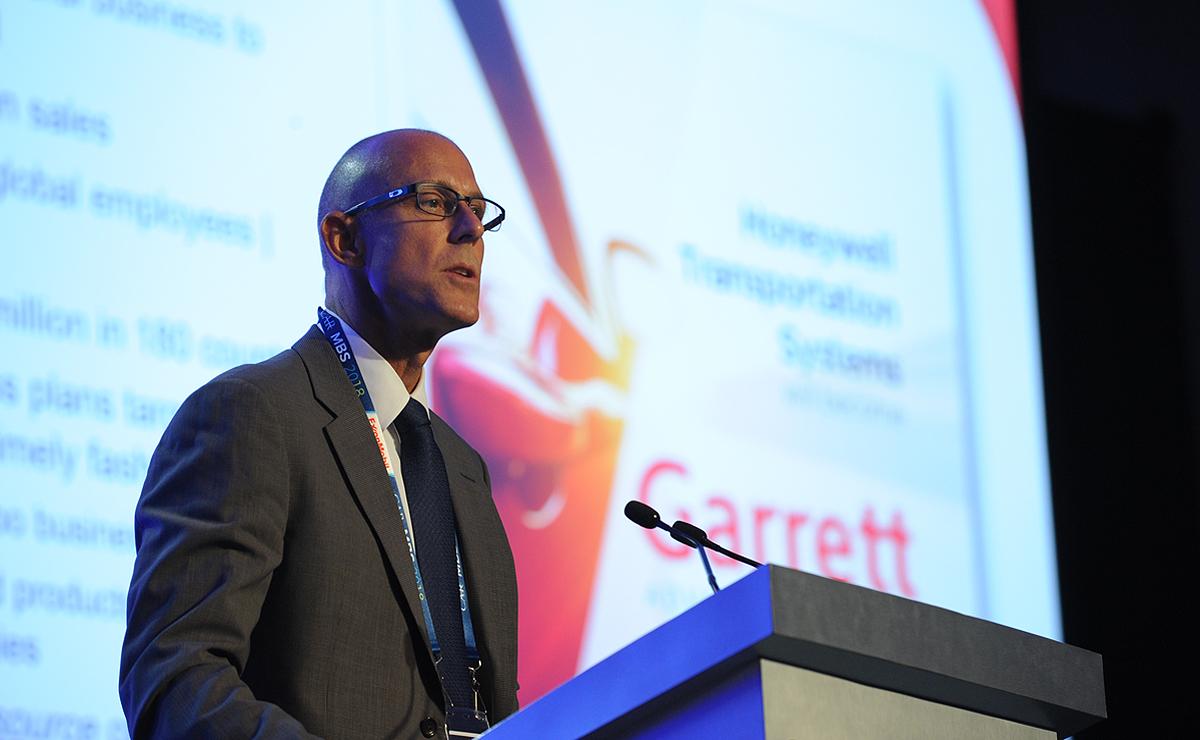TRAVERSE CITY, Mich. — The industry may be entering the age of electrification and automated driving, but larger numbers of vehicles using electric motors and driving themselves won’t slow the growth of turbochargers, says Craig Balis, chief technology officer of Honeywell Transportation Systems.
The way Balis sees it, turbochargers complement hybrids that use a gasoline or diesel engine combined with an electric motor. Honeywell is one of the industry’s largest producers of turbochargers, with sales of more than $3 billion annually.
“We still see hybridized vehicles as a great opportunity for us in our core business,” Balis said Tuesday at the CAR Management Briefing Seminars.
Honeywell forecasts that hybrids will grow globally from 3 million units annually in 2016 to 16 million by 2021. And at least 70 percent of mild hybrids are expected to have at least one turbocharger by 2021, a scenario that would have a higher penetration of turbos on hybrids than on regular vehicles.
A turbocharger uses exhaust gases to pressurize the cylinders. The more dense fuel and air mixture increases power and boosts efficiency — when used judiciously.
Honeywell is rolling out a new generation of turbochargers that use electric motors to quickly pressurize the cylinders and generate electricity. It is being launched in the Audi Q7 crossover.
“Electric turbos have a motor-generator on the shaft and provide faster transient response that can be used for further fuel economy and lower emissions. But they also allow energy regeneration. That means if you drive an electric vehicle, the turbo will produce as much energy as it consumes. It’s energy neutral,” Balis said.
Honeywell Transportation Systems, which is spinning off its turbocharger business this fall, even has a role in fuel cell vehicles. The company supplies a high output, silent-running compressor, which is used on the Honda Clarity fuel cell vehicle.
“We are boosting to a very high level, which has allowed for downsizing of the fuel cell stack,” he said. “One of the big challenges you have in fuel cell vehicles — we were fortunate enough to learn how to do this with Honda — is that the booster is running when nothing else on the vehicle is running and is absolutely silent. So making a boosting machine that can run at 100,000 rpm, that you don’t hear when the rest of the vehicle is stopped, is really a challenge,” Balis said.
Even though Honeywell expects strong sales of turbochargers in the years ahead, it is also building up its expertise in software development for vehicle maintenance, connectivity and autonomy.

